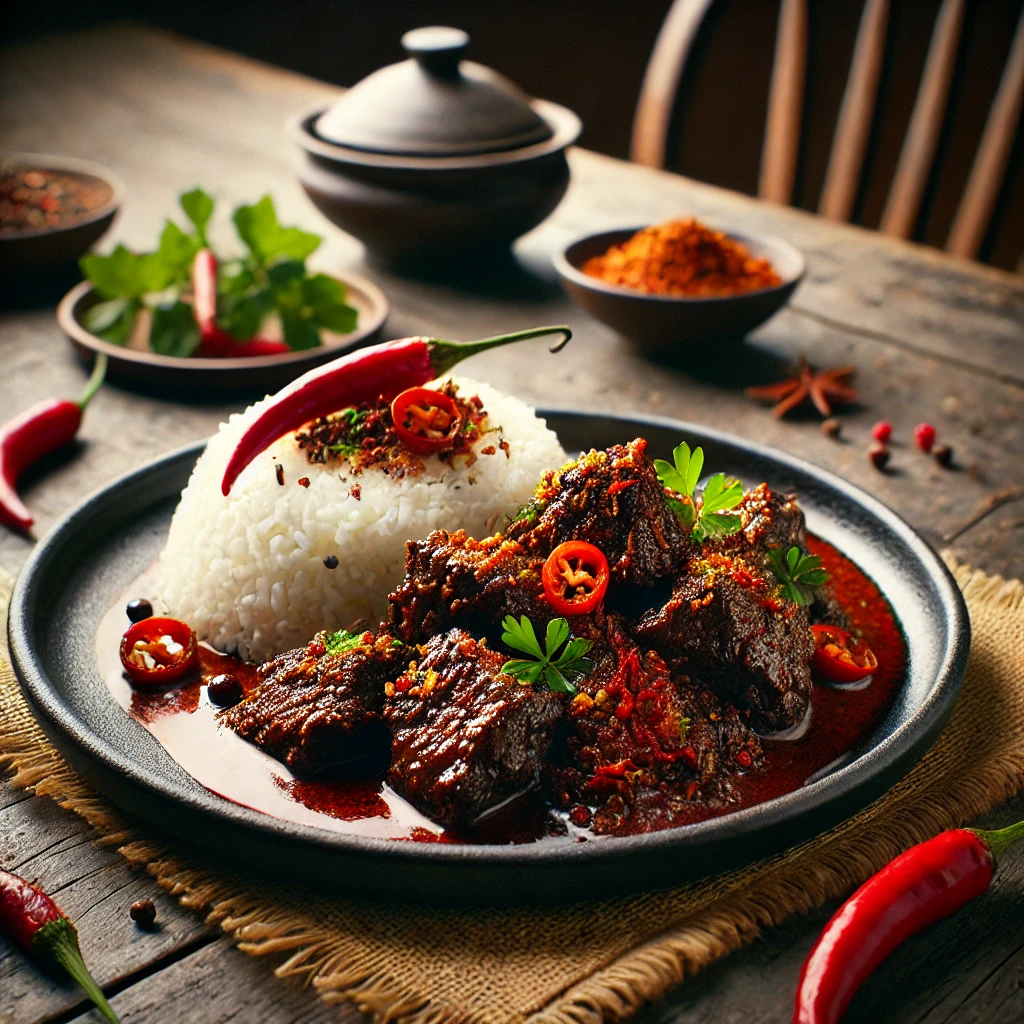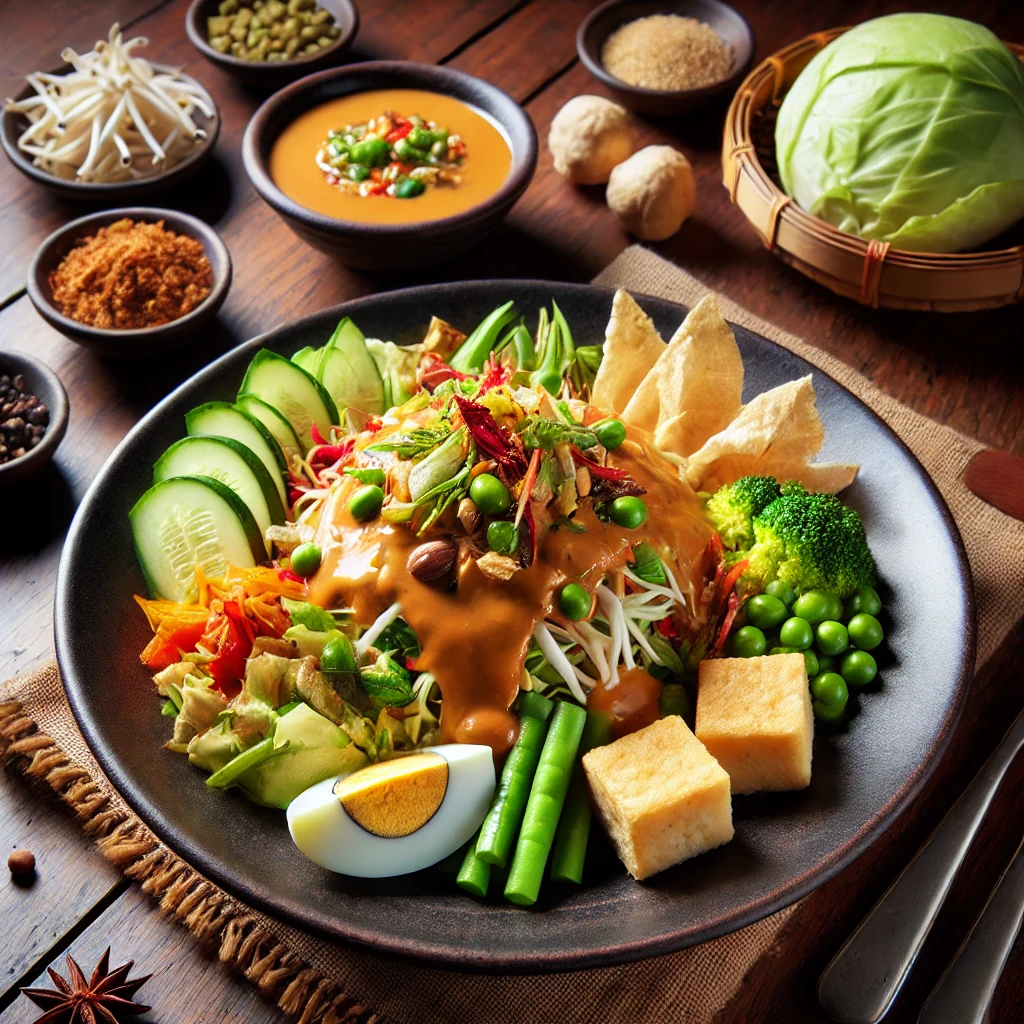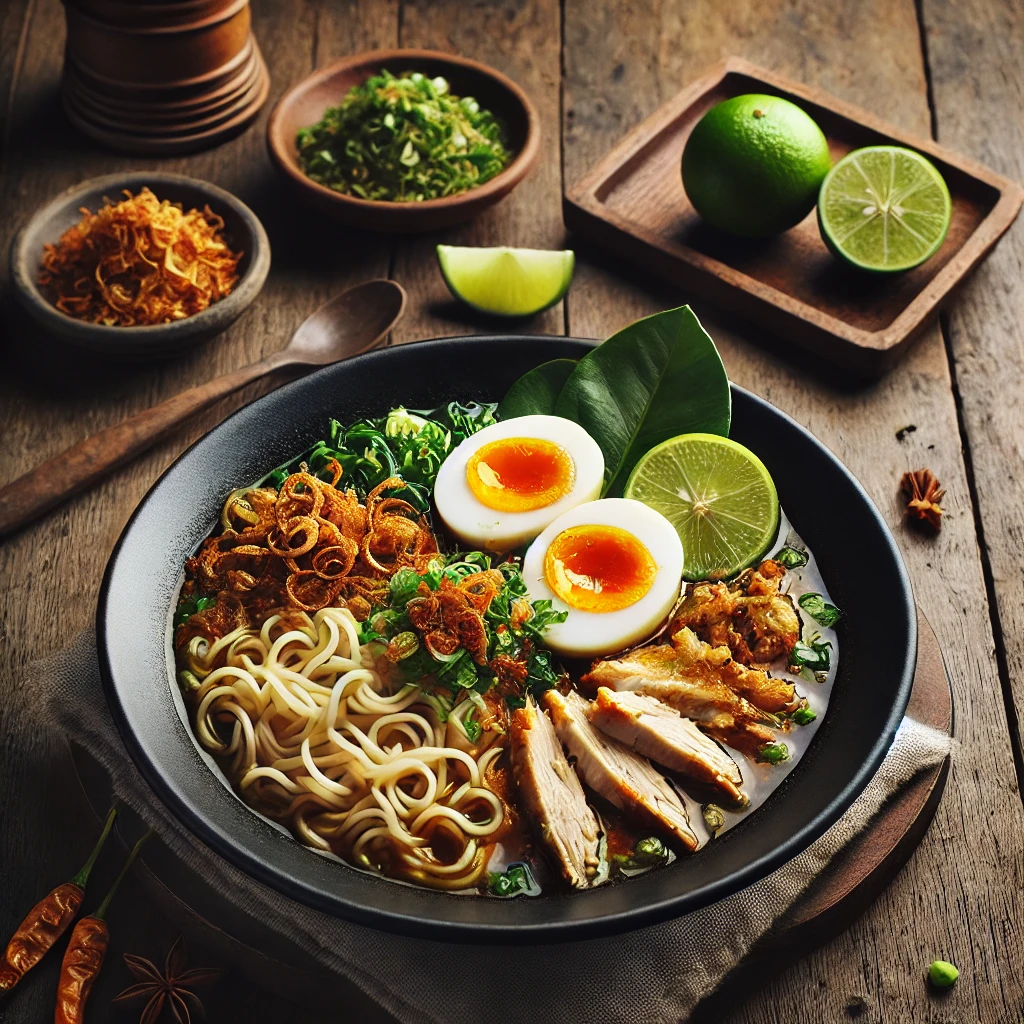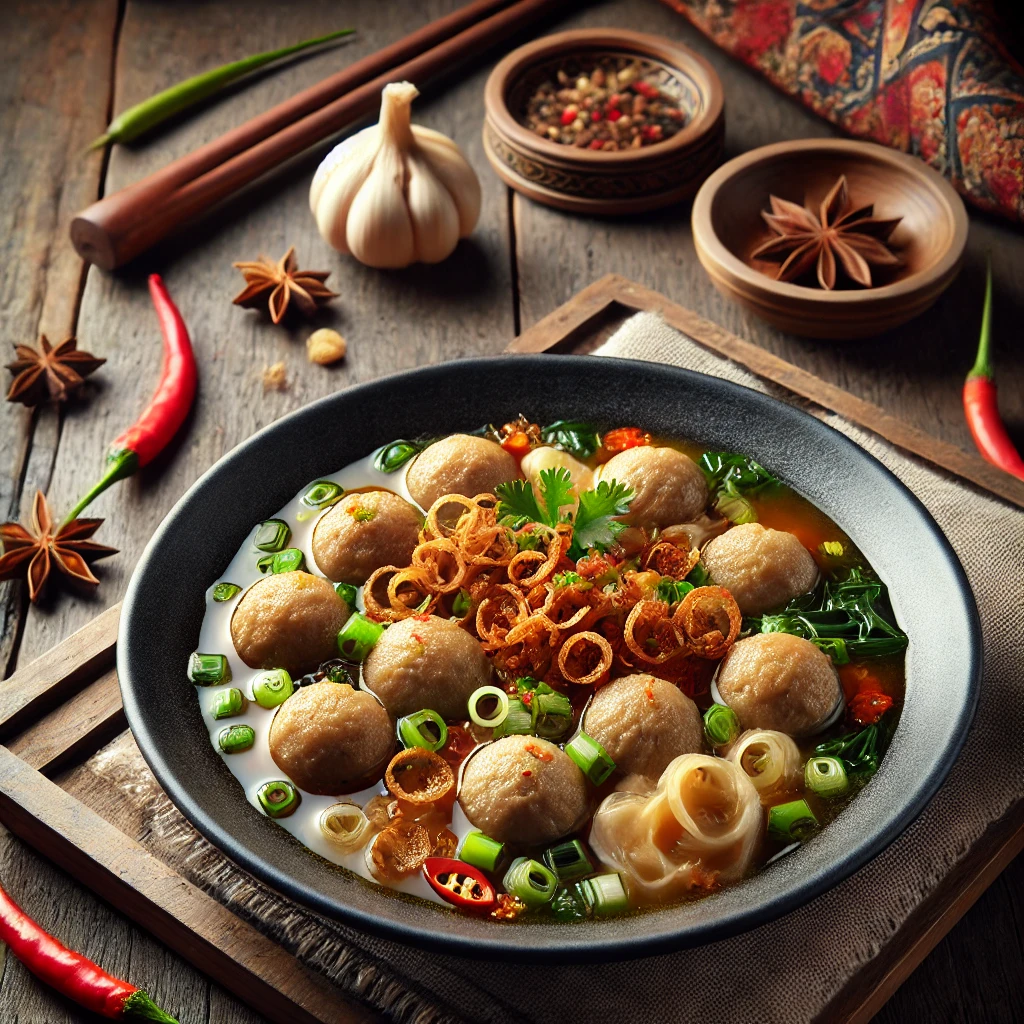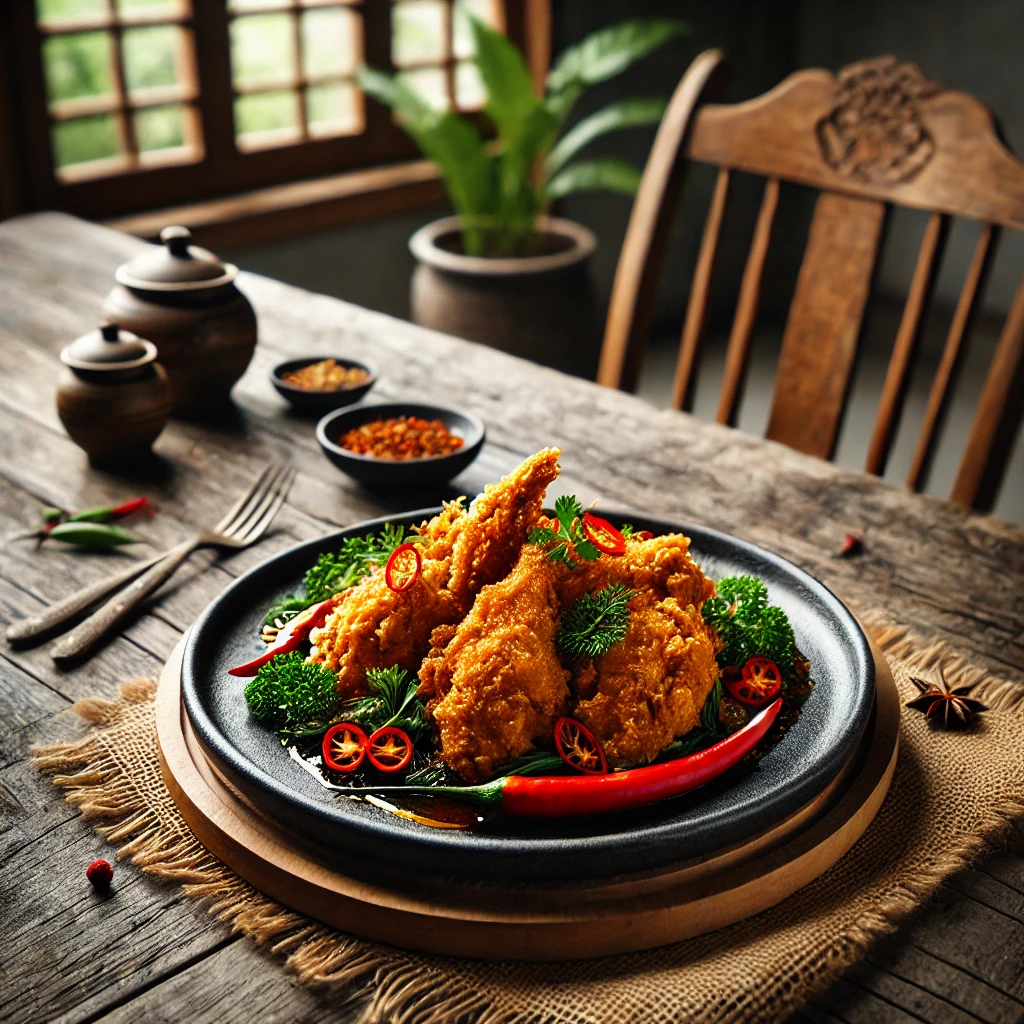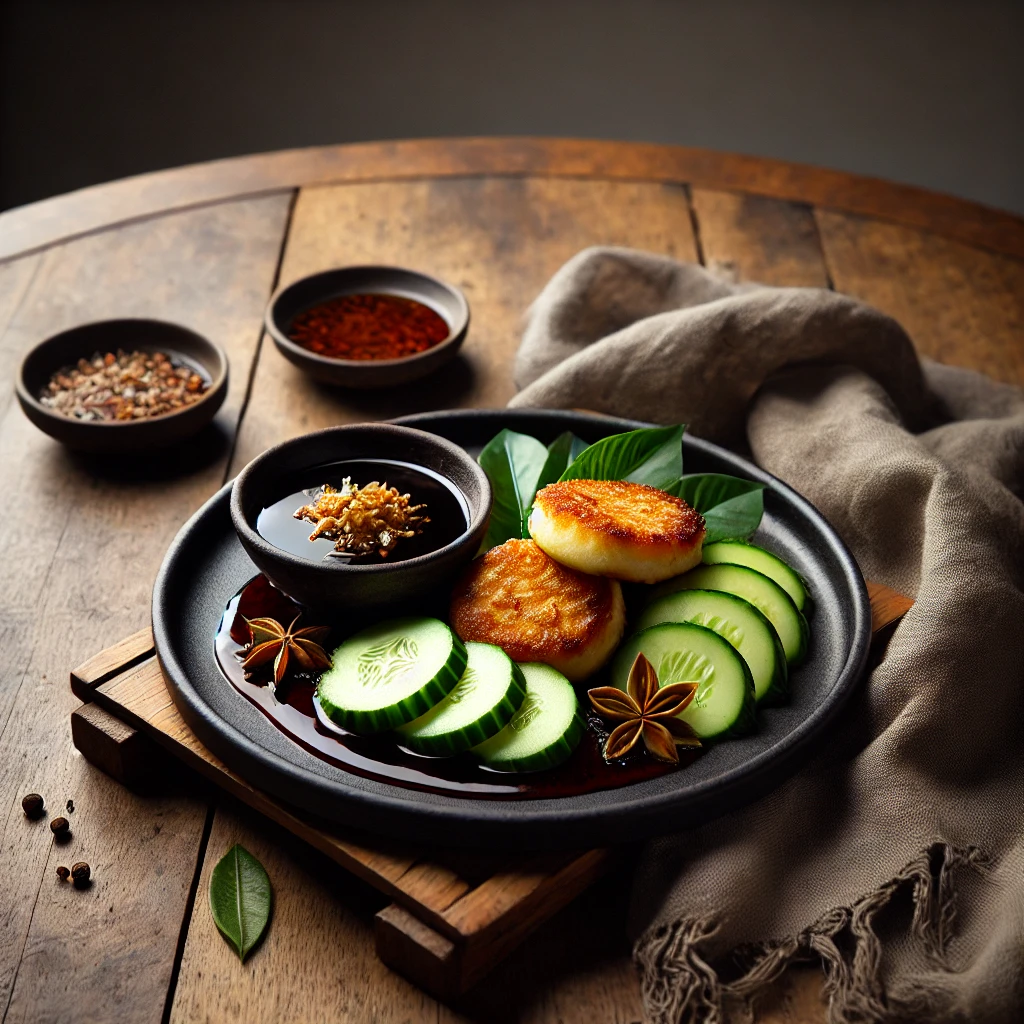Authentic Satay Ayam Recipe
A flavorful Indonesian dish featuring grilled marinated chicken skewers served with a rich peanut sauce.Instructions: Tap the Map & Cook Along 👇
Satay Ayam: A Journey into Indonesia’s Iconic Chicken Skewers
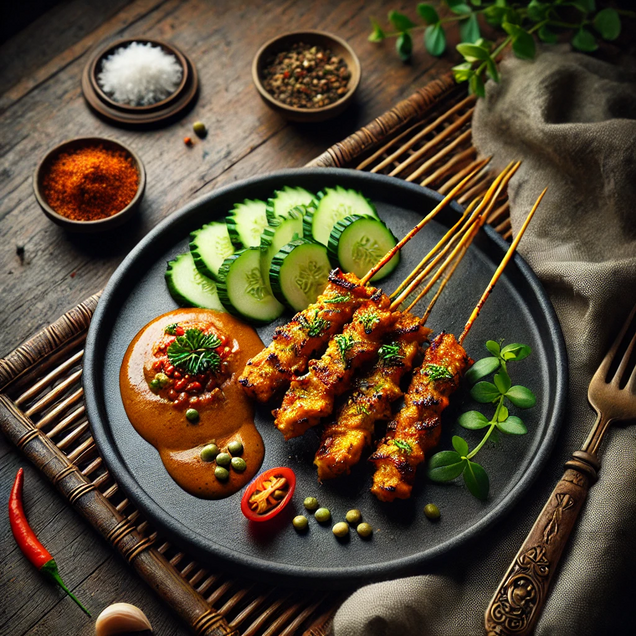
Satay ayam, or chicken satay, is more than just a dish; it’s an embodiment of Indonesia’s rich culinary heritage. This beloved street food has transcended borders, becoming a favorite in many parts of the world. But to truly appreciate satay ayam, one must delve into its origins, preparation, and the cultural significance it holds.
The Origins of Satay Ayam
Satay, or sate in Indonesian, has roots that trace back to the Middle East, brought to Southeast Asia by traders. Over time, it evolved, with each region adding its unique twist. Satay ayam, specifically, emerged as a popular variant in Indonesia. Its simplicity, combined with the rich, aromatic flavors of traditional spices, made it a staple at street food stalls and high-end restaurants alike.
The Art of Preparation
The preparation of satay ayam is an art form, a ritual that begins with selecting the finest chicken pieces. Typically, chicken thighs are preferred for their tenderness and flavor. The chicken is then marinated in a blend of spices that includes turmeric, coriander, lemongrass, and garlic, among others. This marinade infuses the meat with a depth of flavor, ensuring each bite is a burst of aromatic goodness.
Once marinated, the chicken is threaded onto bamboo skewers, ready for grilling. The grilling process is where the magic happens. The skewers are cooked over an open flame, usually on a charcoal grill, which imparts a smoky flavor that’s quintessential to satay. The chicken is turned frequently, ensuring an even char and caramelization, creating a tantalizing aroma that’s hard to resist.
The Perfect Accompaniments
No satay ayam experience is complete without its accompaniments. The star of the show is undoubtedly the peanut sauce. Made from roasted peanuts, coconut milk, and a blend of spices, this sauce is rich, creamy, and slightly sweet, perfectly complementing the savory chicken.
Another essential element is the ketupat, or rice cakes, which are often served alongside. These compressed rice cakes absorb the flavors of the satay and peanut sauce, adding a satisfying texture to the meal. Additionally, a simple side of cucumber and onion slices provides a refreshing contrast, balancing the richness of the satay.
A Cultural Icon
Satay ayam is more than just food; it’s a cultural icon. In Indonesia, it’s common to find satay vendors, known as tukang sate, plying their trade on street corners, their grills emitting clouds of fragrant smoke. These vendors often carry a portable grill and a bucket of skewers, ready to serve freshly grilled satay to eager customers.
The dish is also a staple at celebrations and gatherings. Whether it’s a wedding, a birthday party, or a national holiday, satay ayam makes an appearance, symbolizing togetherness and shared enjoyment. It’s a dish that brings people together, bridging gaps and fostering connections over shared plates.
Bringing Satay Ayam to Your Table
For those wanting to bring a taste of Indonesia into their homes, making satay ayam can be a rewarding experience. While it might require some effort, the results are well worth it. The key lies in the marinade and the grilling technique, both of which ensure the chicken is flavorful and juicy.
With each bite of satay ayam, you’re not just tasting a delicious dish; you’re experiencing a piece of Indonesia’s culinary heritage. It’s a testament to the country’s rich history, diverse culture, and love for food. So next time you’re looking to impress your guests or simply indulge in something truly special, remember the humble yet extraordinary satay ayam. It’s more than just food—it’s a journey into the heart of Indonesia.

